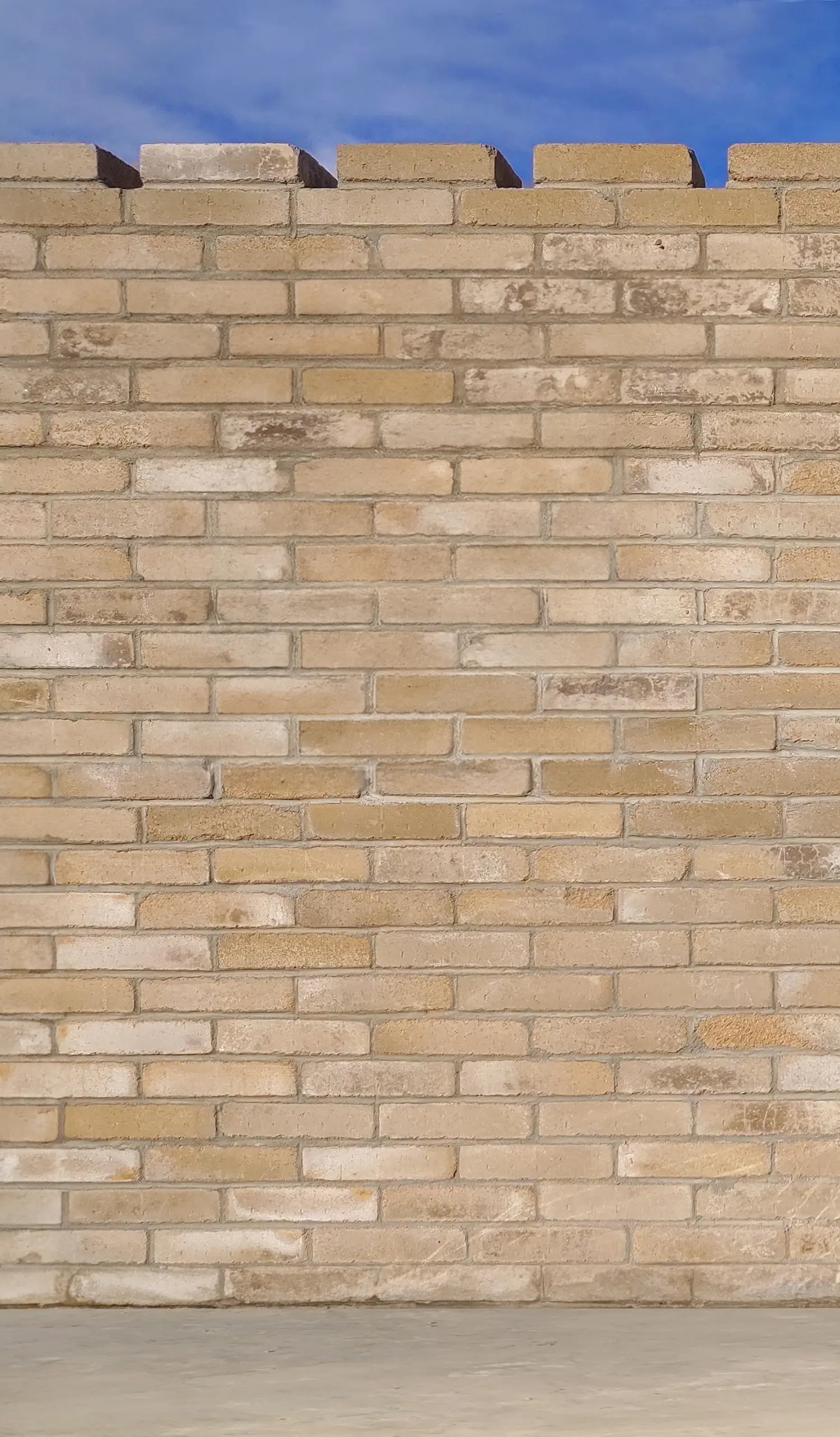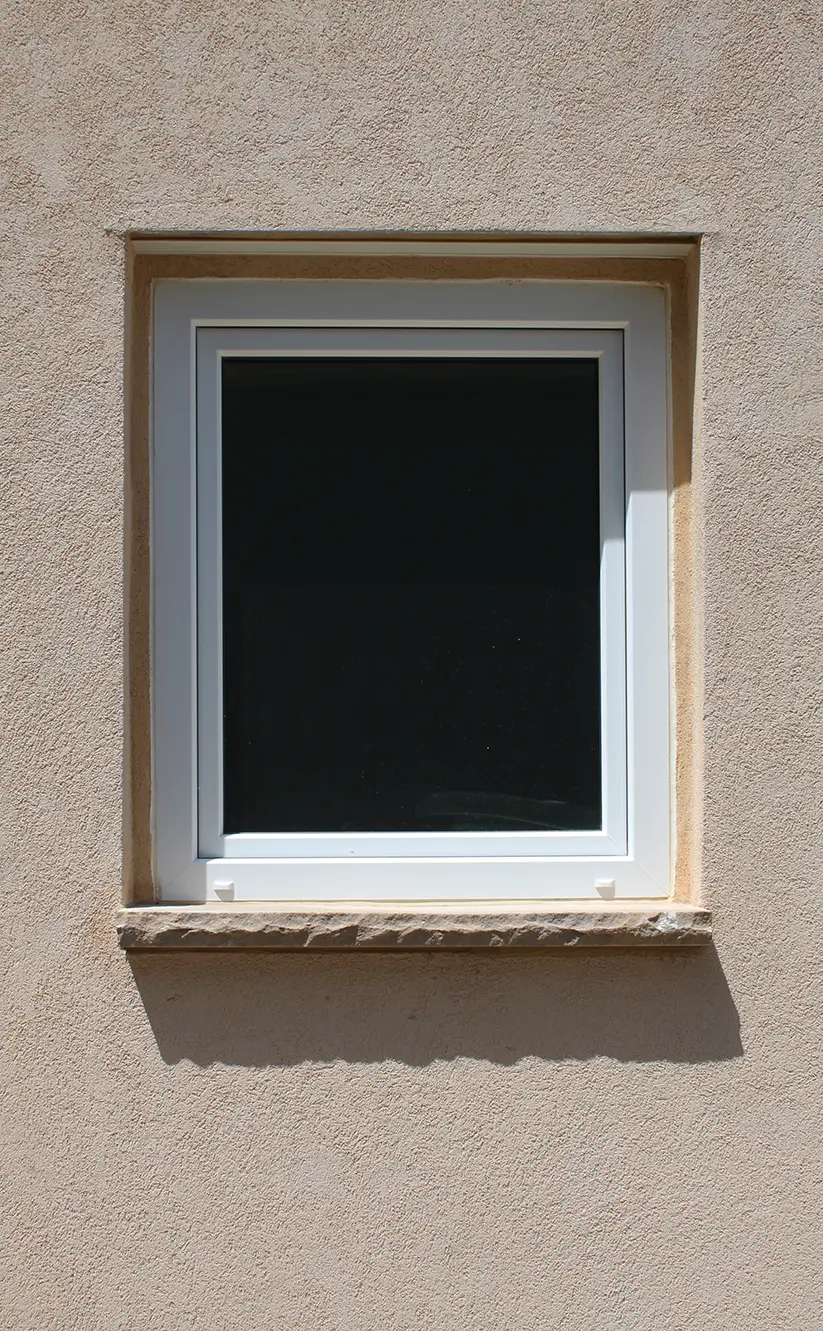Tornado Resistant Homes: The Protective Power of Earth Blocks
In regions vulnerable to high winds and severe storms, structural strength is a top priority. Tornado resistant homes built from compressed earth blocks offer exceptional wind resistance due to their dense, heavy construction and ability to withstand extreme pressure and flying debris. While these homes provide a high level of protection, they are not automatically considered tornado safe unless specifically engineered to meet designated tornado shelter standards. For full compliance, reference FEMA P-361 or ICC 500, which outline the requirements for residential safe rooms.
When properly designed and reinforced, earth block homes form a resilient barrier against even the harshest weather conditions. Tornado resistant homes made from earth blocks have several key qualities that enhance their ability to withstand extreme weather events:
- Heavy and Durable Structure: The thick, dense walls of a CEB house offer significant resistance to strong winds and flying debris, which can make them more resilient than lighter construction methods.
- Wind Load Design: CEB homes, when designed with wind load standards in mind, can offer better resistance to high wind speeds than conventional wood-frame homes
Wind Resistance in Hurricanes: Standing Strong in Coastal Areas
Wind-borne Debris Protection: In hurricane-prone regions, wind resistance is critical to a home's survival. CEB homes are a viable option in coastal areas thanks to their ability to withstand high wind speeds and their resistance to the wind-driven rain that often accompanies hurricanes.
Reducing Internal Damage: One of the biggest threats during hurricanes is wind-borne debris. These airborne objects, propelled at high speeds, can puncture and damage the walls of traditional homes. CEB walls, due to their thickness and density, are far less susceptible to damage from such debris.
Can a CEB wall be FEMA-Approved?
Can a CEB wall be FEMA-Approved?
With proper design and reinforcement, CEB walls could be engineered
to meet FEMA standards, though this would require additional engineer
analysis, testing and verification:
- Reinforcement & Grouting: CEBs with holes can be reinforced with rebar, similar to CMU walls.The cores can be filled with grout or concrete to enhance strength and stability. Proper anchoring to the foundation and roof is crucial to resist lateral wind forces.
- Debris Impact Resistance: FEMA requires walls to withstand impacts from debris during natural disasters. Compressed Earth Block (CEB) walls, whether reinforced or unreinforced, must undergo testing to ensure they meet these standards for impact resistance.
- Wind Load Resistance: Walls must handle extreme wind loads (up to 250 mph in tornadoes). Engineers can calculate whether reinforced CEB walls can withstand these loads, similar to CMU design.
- Water Resistance: CEBs are more moisture-absorbent than CMUs, so they would need exterior moisture protection (eg., pozzolanic lime plaster). Stabilized CEBs (lime or cement) improve strength, water resistance, and durability. Cement stabilization is particularly useful in cold climates to prevent freeze-thaw damage.
- Building Code Compliance: The design must meet ICC 500 (storm shelter) standards, which cover wind load, debris impact, and moisture protection. An engineer would assess and ensure the CEB walls meet all structural and safety requirements.
What About Tornado Shelter Standards?
While tornado resistant homes made from earth blocks offer strong protection, a space must meet specific standards to be officially classified as a tornado shelter or safe room. Two key documents guide this:
ICC 500 – This is the building code standard for designing and constructing storm shelters. It sets the minimum requirements for strength, debris resistance, and occupant safety.
FEMA P-361 – This is a best-practices guide published by FEMA. It builds on ICC 500 with enhanced recommendations and is required if you're applying for FEMA funding.
In short: ICC 500 sets the minimum, and FEMA P-361 goes further. A shelter that meets FEMA P-361 will always comply with ICC 500, but not necessarily the other way around.
For those who don’t want to go through the extensive requirements to make their entire earth block house FEMA-approved, you can still add a FEMA-compliant safe room using materials like CMU or reinforced concrete. This option allows you to enjoy the sustainability of earth blocks, along with the security of a space that meets FEMA’s standards for extreme weather protection.
Other Considerations for Building Tornado Resistant Homes
In addition to having resilient, solid mass walls, the overall wind resistance of a structure depends on several key factors:
Roof Design: A strong roof is essential for wind resistance. Low-pitched or hipped roofs are ideal, as they help reduce wind uplift forces. Properly securing the roof to the walls with reinforced connections, such as hurricane ties or straps, further enhances stability.
Window and Door Openings: Wind-resistant homes should also focus on fortifying windows and doors. Impact-resistant glass, storm shutters, and reinforced frames can prevent wind from entering the home and causing internal pressure.
Combining these design elements with the strength of earth block walls can provide superior protection against high winds and extreme weather.
Built to Withstand Extreme Forces
Compressed earth blocks aren’t just strong, they’ve been tested under real ballistic conditions. In a demonstration by AECT, earth block walls held their ground against high-powered rifle fire, showing a remarkable level of protection that goes far beyond everyday durability. While no home is meant to be a fortress, this test highlights just how resilient earth block construction can be when it comes to safety and peace of mind.

With the natural wind-blocking power of earth blocks, plus choices like a hurricane-proof roof design and impact-resistant windows and doors, your home can be a secure, serene sanctuary.

